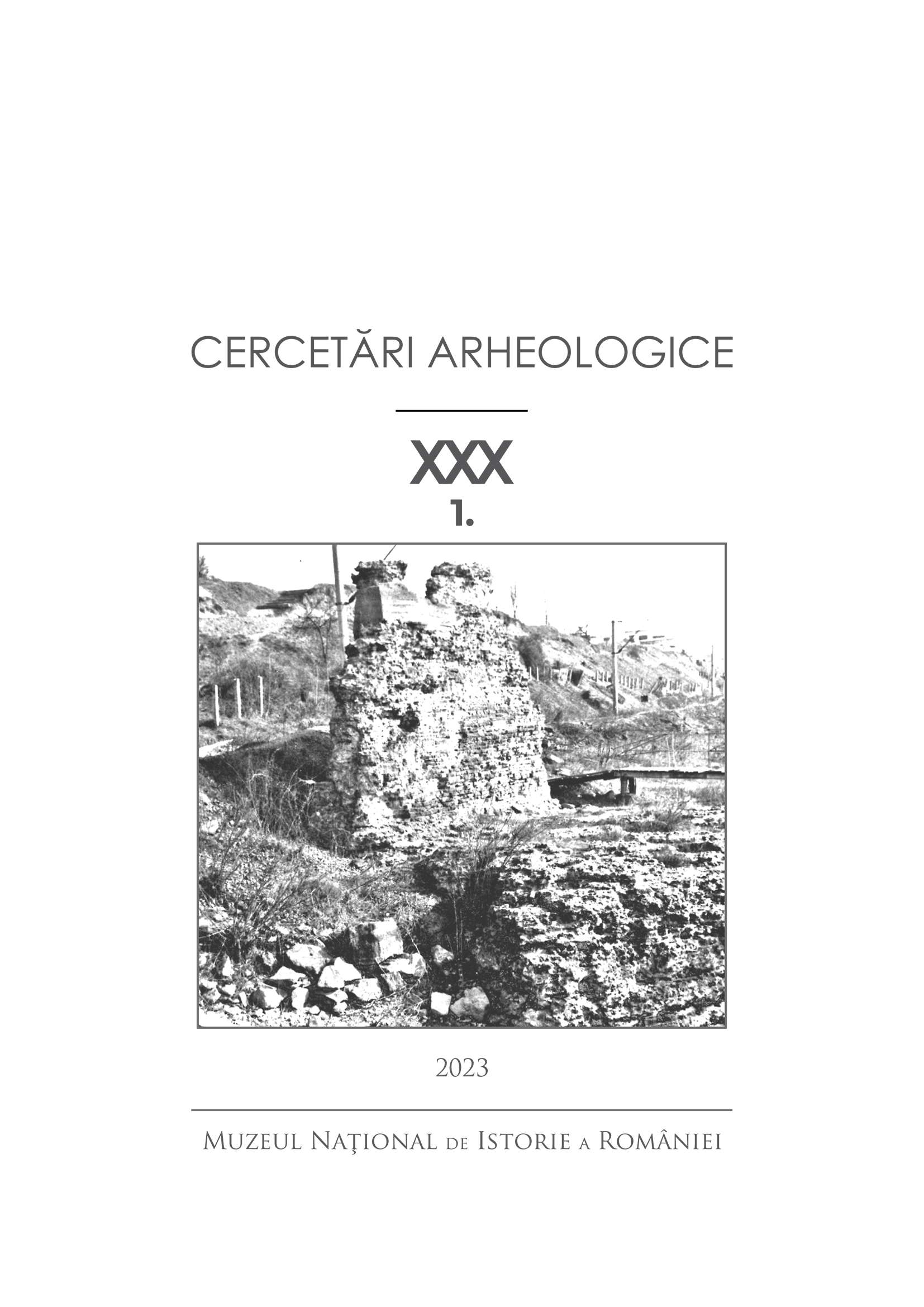The Archaeo-Mineralogy of Tapeh Kelar’s potsherds dated to the Late Chalcolithic, Early Bronze, and Middle Bronze Ages
The Archaeo-Mineralogy of Tapeh Kelar’s potsherds dated to the Late Chalcolithic, Early Bronze, and Middle Bronze Ages
Author(s): Parastoo Masjedi Khak, Hassan Kohansal Vajargah, Mostafa Khazaie KouhparSubject(s): History, Archaeology, Ancient World
Published by: MUZEUL NAȚIONAL DE ISTORIE A ROMÂNIEI
Keywords: petrography; Late Chalcolithic; Kura-Araxes; geology;
Summary/Abstract: Potsherds are very important for the archaeological research because they may date a site, reveal clues about art, technology, and subsistence of people. Potteries show the relationships and exchanges between people from different regions. The Kelar Hill (from now on Tapeh Kelar), Kelardasht region, is one of the most important prehistoric sites in the west of Mazandaran, in north-western Iran. Tapeh Kelar contains cultural materials from the Late Chalcolithic in the fourth millennium BC up to the Islamic Age. The Kura-Araxes context is one of the most significant discoveries of this area. Because Kura-Araxes culture originated far from Tapeh Kelar (in the Southern Caucasus), the primary concern of the present study focused on the structure of the potteries of the site in transitional phase from the Late Chalcolithic to Kura-Araxes and on finding the changes or differences. The study also tries to find the answer to the question whether the Kura-Araxes pots emerged due to exotic agents or not. Twenty five pieces of potsherds from the Late Chalcolithic and Early Bronze Age and Middle Bronze Age periods were studied by petrographic method to compare the mineralogical texture of the Late Chalcolithic and the Middle Bronze Age potsherds with those of Kura-Araxes. Studies show that the pots of Kura-Araxes at this site are local products despite some changes in their texture due to source change; therefore, the idea that Kura-Araxes tradition potteries were first brought by way of exchange or trade and then copied by local potters is negated.
Journal: Cercetări Arheologice
- Issue Year: XXX/2023
- Issue No: 1
- Page Range: 11-28
- Page Count: 18
- Language: English

